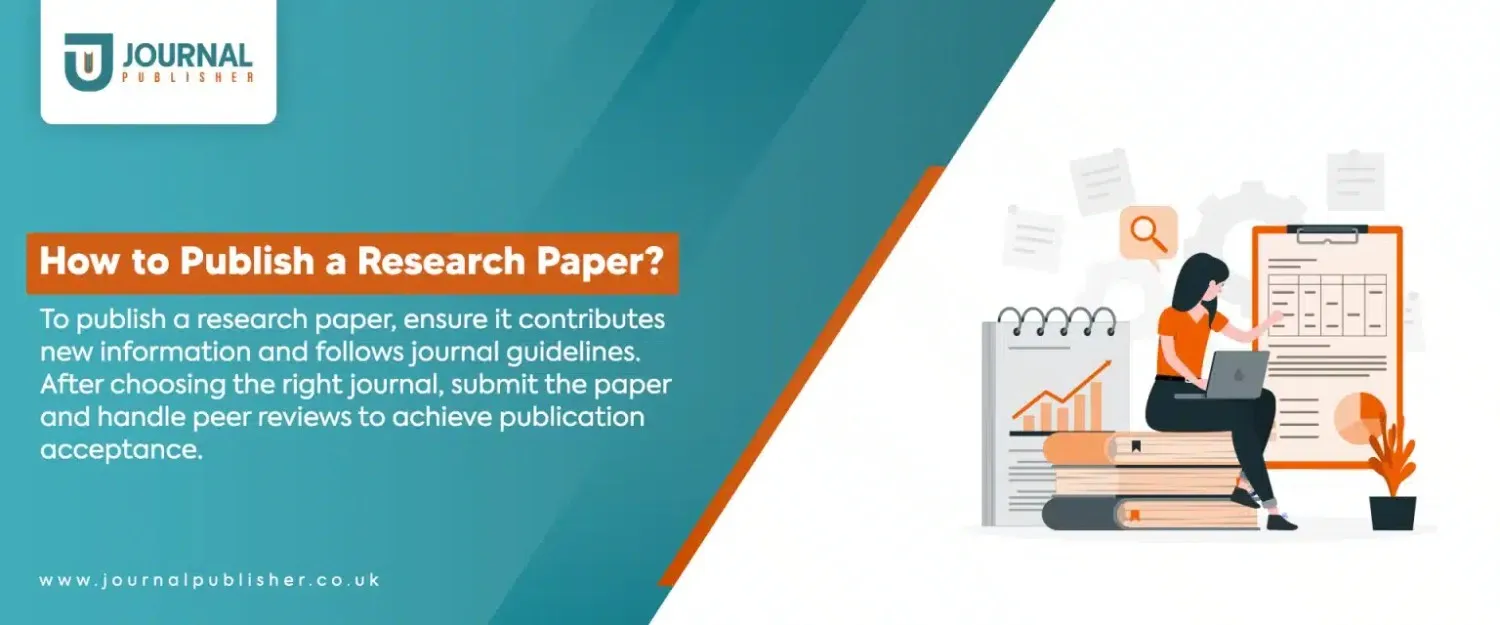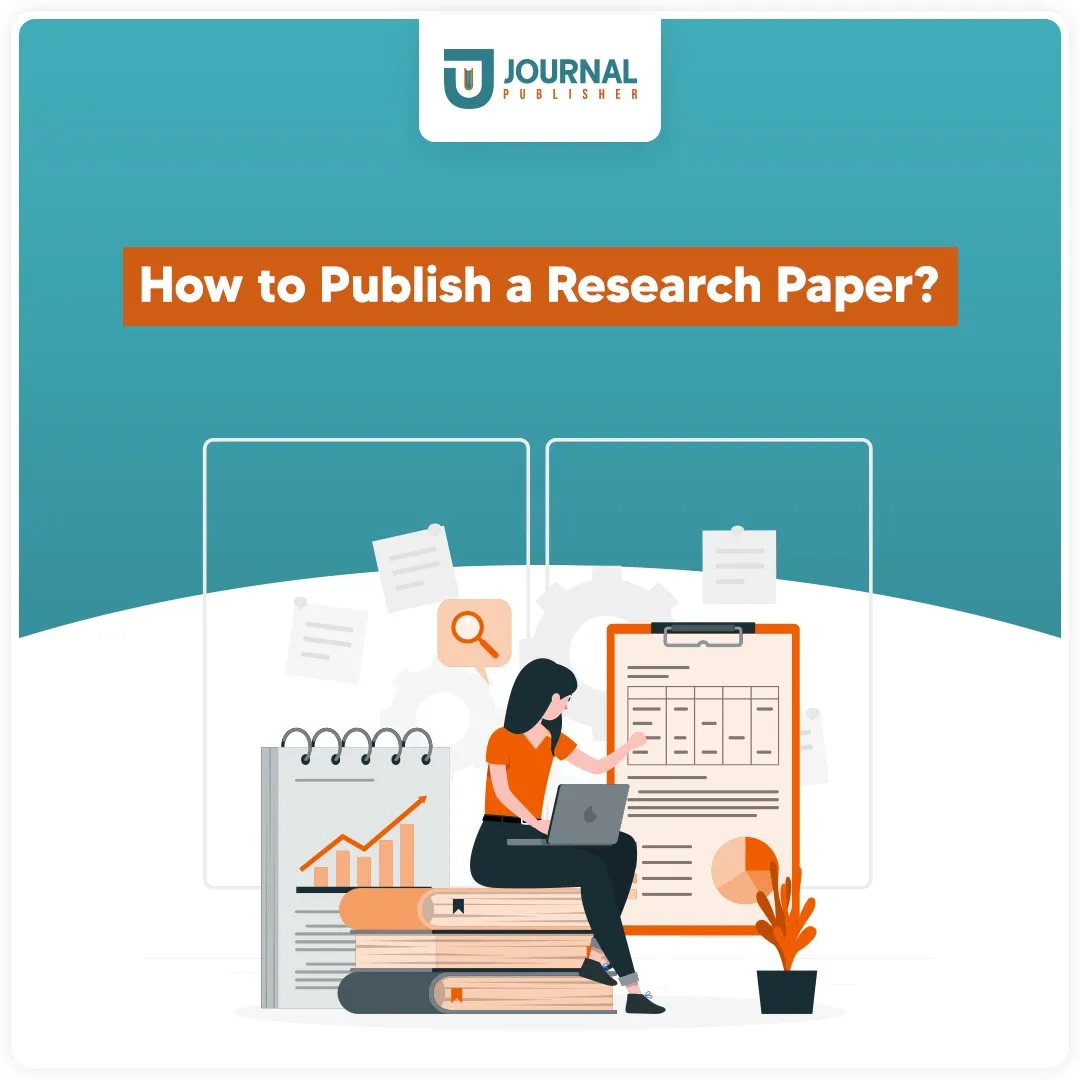Author: Layla Taylor |  9 min read
9 min read
Don’t Have Time to Read? Listen to this Article Instead!
Key Takeaways: How to Publish a Research Paper?
Do you want to publish a research paper but don’t know where to start? Stop worrying. We have brought an informative piece. It will guide you in successfully publishing a research paper.
- Your paper should offer something new and should be solving a relevant problem. Also, you need to choose the correct type of article (research, review, case report, etc.) based on your study and the focus of your selected journal.
- It is of utmost importance to pick a journal that matches your research area, has a good reputation, and reaches your target audience. Apart from that, you must follow a clear structure – title, abstract, introduction, methods, results, discussion, and conclusion. This clear outline will keep your paper organized.
- Do not forget to get feedback from experts. Then, make changes based on their evaluation. Proofreading your paper before submitting it is also vital. You will need a cover letter, a conflict of interest declaration, and possibly other forms as well.
- The first author does the most work, while co-authors contribute less; avoid adding “gift authors.” After submission, experts will review your paper, and you might need to revise it based on their feedback.
Simplify Your Journal Selection Journey with Us
Tired of spending hours searching for the right journal for your research? Our expert team can help you streamline the process and increase your chances of publication.
Introduction
Ever wondered how those experts write a research paper and publish their work in fancy journals? It’s not as simple as just writing an essay and handing it over to your teacher!
Here’s the lowdown: You surely want your work seen by as many people as possible. Publishing in a big-name journal is similar to putting your research on a billboard for the whole world to see. It helps you make your name in their field and uplift your career. But you need to keep in mind that it is not all sunshine and rainbows. Publishing can be tough and takes a lot of time, planning, and thick skin to deal with feedback.
However, it is not something to worry when you have us with your side. We’ve got you covered. This blog will walk you through steps to help you publish a research paper in a top-notch journal. So, without wasting another second, let’s get started!
How to Publish a Research Paper?
Let’s discuss the process of publishing a research paper:
1. Requirement for Research Paper Publication
Before you go for publication, you need to assess whether your paper is suitable for publication or not. Does your research make a unique and notable effort in the field? Have you found something new? Not only should it address a relevant and vital problem or question, but the methods you use must also be the best fit for answering the research question.
In addition, your results should be written in a clear and consistent manner, well-supported by data. The discussion should provide a thorough analysis of the findings, including implications and limitations. Ultimately, your paper should be easy to understand, short and to the point, and organized clearly. Make sure the different parts of your paper follow each other logically.
Recommended Reading: What is Research? Definition, Methods, Types, Process & Examples
2. Choose an Article Type
The article you choose will depend on the type of research you are conducting. Also, keep4 the specific requirements of the journal you’re targeting in mind. Let’s discuss some common article types in order to help you select one:
- Original research article: It presents new findings from original research.
- Review article: This type of article provides a detailed overview of a particular research area.
- Case report: It describes a single case or a small number of cases.
- Letter to the editor: In this type, you can comment on a previously published article.
3. Pick the Right Journal
You can not discard the importance of choosing the right journal to maximize your reach. Therefore, you must consider factors such as:
- The journal’s focus on your specific research area,
- Its reputation and prestige within the field,
- The target audience,
- And the typical publication time.
If you assess these things carefully, then there is a chance you can find a journal that fits your research and helps more people see it. After selecting the journal, you will need a topic to write your research paper. In case you are doing quantitative research, check out our blog:
” The Best 400+ Quantitative Research Topics & Ideas in 2025 ”
4. Write Your Paper
Once you have the targeted journal in your mind, now it is time to write a paper. Follow the specific guidelines of the journal for formatting and style. Also, you must use clear and concise language to avoid jargon that might confuse readers. You need to structure your paper logically, such as:
- Title: Clearly state the main topic of your paper.
- Abstract: A brief summary that should entice readers to learn more.
- Keywords: Tags that help people find your paper through online searches.
- Introduction: Present the problem, existing solutions, and your research goals.
- Methods: Describe how you conducted your research, ensuring others can replicate it.
- Results: Presents the key findings of your study, often with visual aids.
- Discussion: Explain the meaning of your results, compare them to other studies, and address limitations.
- Conclusion: Summarize your findings, answer unresolved questions, and suggest future directions.
- Acknowledgements: Credit those who contributed to your research.
- Ethical Statements: Declares adherence to ethical guidelines.
Key Tip:
“You must provide clear evidence to support your claims through data and references.”
5. Edit & Revise Your Paper
Editing and revising your paper ensures it meets the highest standards of quality. So, consider the following:
- Ask colleagues or mentors to review your paper. They can also provide constructive criticism.
- Try to make sure your writing is easy to understand and flows logically.
- Ensure that your terminology and formatting are consistent throughout the paper.
- If you’ve received feedback from reviewers, then carefully address their concerns in your revisions.
Do not forget:
Proofreading is an essential part of editing. So, in the end, you must do proofreading, or you can get professional proofreading services for help.
Act Now and Avoid Last-Minute Stress
Is yr ouresearch paper due soon? Our professional editors can help you polish your writing. They will also improve clarity and catch any errors.
6. Prepare Required Documents
Along with your research paper, you may need to submit other documents, such as:
- Cover letter: A brief letter about your research. It also explains why it is suitable for publication in the journal.
- Declaration of conflicts of interest: You can tell about anything that might make you biased or unfair in your research
7. Decide the Order of Authors in a Scientific Paper
Generally, the order of authors on a scientific paper reflects their level of contribution.
First Author: This person usually does most of the work, including the following:
- Analyzing the data
- Writing the paper
- Submitting it to the journal
Co-Authors: These people also contribute to the research, but not as much as the first author. They might help with data analysis, interpretation, or reviewing the paper.
Gift Authors: Some people are listed as authors on papers even though they didn’t do much work. This isn’t fair and should stop.
8. Submit Your Paper
Before submission, it is crucial to guarantee the integrity of your research and the quality of your paper. You should ensure that your ideas are well-supported by credible sources. In addition, to avoid plagiarism, you can carefully cite your references using the appropriate style guide (e.g., APA, MLA, Chicago). You must select 3 to 4 keywords that accurately represent the core themes of your research. Also, these keywords should be representative and potential readers can easily recognize them. They will help search engines index your paper and make it more discoverable.
To make sure your paper is original, use tools like iThenticate, Turnitin, or PlagScan to check for plagiarism. You can also use our service to check your paper for plagiarism at a reasonable price. Strictly follow the submission guidelines of the journal you’re targeting. These guidelines are typically available on the journal’s website under the “author’s guide.”
Some journals accept online submissions. At the same time, others may require hard copies. Also, submit your paper to only one journal at a time to avoid multiple submissions. Use your university email address, as it can add credibility and professionalism to your submission.
9. Handle the Peer Review Process
Once you submit your paper, it will undergo peer review. That is where experts in the field will assess its quality and suitability for publication. The peer review process can take several months. You may receive feedback from reviewers that require you to revise your paper.
An Excellent Piece of Advice:
Take peer review services and get feedback from subject matter experts before submission so you would not face “The paper isn’t and won’t be suitable for publication”
10. Revise and Resubmit the Manuscript
If reviewers request revisions, you have to address their comments and resubmit your paper. Additionally, it is vital to make changes as per their comments. You should also provide a detailed response to the reviewers’ comments. In some cases, you may encounter challenges or uncertainties that you don’t know how to address. That is when our resubmission support services can be invaluable.
11. Get Accepted for Journal Publication
If your revised paper is accepted for publication, you will receive a notification from the journal. Congratulations! Your hard work has paid off.
Conclusion
Getting your research paper published in a top journal is challenging but can be very satisfying. You need to plan carefully, write clearly, and be dedicated. Indeed, don’t give up if things get tough. You can get help from the Journal Publisher to improve your research. Keep working hard, and your research will be noticed. You’ll make a difference in your field. Keep going, and your hard work will pay off.
Make Your Journal Publication Easy With Journal Publisher!
Struggling to get your research paper, dissertation, or thesis ready for submission? Our expert editing services can help. We will tailor your work to meet the specific requirements of your target journal and ensure a smooth submission process.
Frequently Asked Question
Can I publish my research paper for free?
Yes, you can! While some journals charge a fee for publication (often called an Article Processing Charge or APC), there are many reputable journals that publish research papers for free. These are often called "open access" journals.
How much does it take to publish a research paper?
If a journal does charge a fee, the cost can vary greatly depending on the journal's prestige and the field of study. Moreover, it could range from a few hundred dollars to several thousand.
Can I publish a paper without a PhD?
Absolutely! Anyone can publish a research paper, regardless of their educational background. However, the quality of the research and the rigour of the writing will be essential factors in determining whether a paper is accepted for publication.
Don’t Let Your Research Go to Waste
Resubmission success guaranteed. Our unlimited revisions policy and expert guidance ensure your manuscript is publication-ready.





